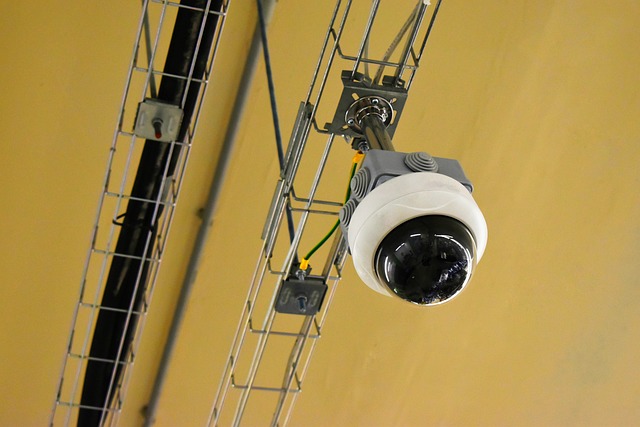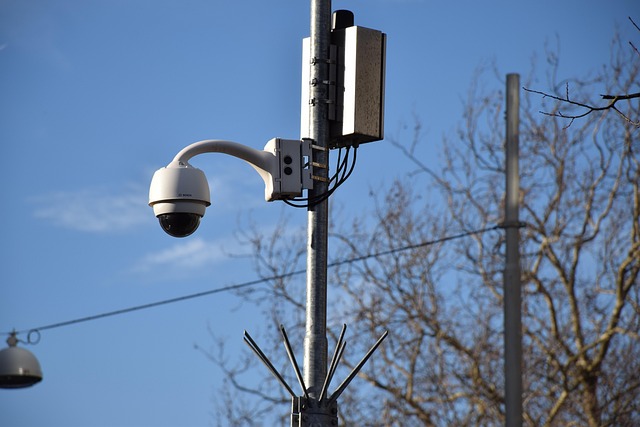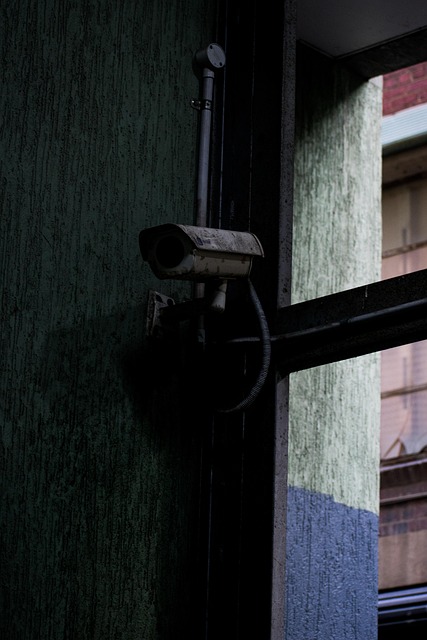Conducting a comprehensive home vulnerability check is vital before implementing any security upgrades. This process assesses every aspect of your property's security, from entry points and locks to surveillance systems and fire safety measures. By identifying weaknesses, homeowners can prioritize resources for strategic investments in security, enhancing peace of mind. The initial audit focuses on entry points, outdated software, weak network security, and unlocked doors/windows, while regular reviews ensure home defenses stay robust against evolving threats.
Ensuring your home’s security is paramount in today’s digital era. This comprehensive guide provides support for selecting the right security upgrades, helping you navigate the complexities of enhancing your sanctuary. We delve into crucial aspects like understanding your home’s vulnerability check, identifying potential entry points, and assessing current security measures. By prioritizing upgrades based on risk assessment, you can implement effective solutions tailored to your needs, fostering a safer environment.
- Understanding Your Home's Vulnerability Check
- Identifying Potential Entry Points for Intruders
- Assessing Your Current Security Measures
- Prioritizing Upgrades Based on Risk Assessment
- Implementing Effective Security Upgrades at Home
Understanding Your Home's Vulnerability Check

Before considering any security upgrades, conducting a thorough home vulnerability check is an essential first step. This involves assessing every aspect of your property’s security, from entry points and locks to surveillance systems and fire safety measures. A comprehensive scan will help identify weak spots that could be exploited by potential intruders, enabling you to target these areas with the most effective upgrades.
By focusing on a home vulnerability check, homeowners can make informed decisions about their security investments. It allows them to prioritize upgrades based on genuine risks, ensuring that resources are allocated efficiently. This proactive approach not only enhances overall safety but also provides peace of mind, knowing your home is secure from potential threats.
Identifying Potential Entry Points for Intruders

Identifying potential entry points is a crucial step in conducting a comprehensive home vulnerability check. Hackers often exploit unsecured or easily accessible areas to gain unauthorized access, making it vital to be proactive and fortify these weak spots. Common vectors for intrusion include outdated or unpatched software, poorly secured networks, and unlocked doors or windows.
During your security audit, scrutinize every entry point—from exterior doors and windows to internet-connected devices like smart thermostats and cameras. A thorough assessment will reveal areas where security measures can be enhanced, ensuring your home is a fortress against potential intruders.
Assessing Your Current Security Measures

Evaluating your current security setup is a crucial step in determining where upgrades are needed. Conducting a thorough home vulnerability check allows you to identify potential weaknesses and areas that require strengthening. Start by assessing physical security features like locks, surveillance systems, and access control mechanisms. Next, examine digital defenses such as antivirus software, firewalls, and password management practices.
This initial assessment will reveal if your current measures align with modern security standards and help pinpoint specific upgrades tailored to address home vulnerabilities. It’s not just about adding more technology; it’s about optimizing your existing setup to create a robust defense against evolving threats, ensuring peace of mind for you and your family.
Prioritizing Upgrades Based on Risk Assessment

When it comes to securing your home, understanding your vulnerabilities is key. A thorough home vulnerability check should be the first step in identifying areas that require immediate attention. This assessment involves evaluating your property’s weaknesses, from lock and window security to fire and carbon monoxide detection systems. By pinpointing these vulnerabilities, you can prioritize upgrades based on risk.
Focus on high-risk areas first and address lesser threats subsequently. For instance, investing in robust locks and security cameras might be a top priority if your home vulnerability check reveals weak points in physical security. Conversely, if the assessment highlights potential risks from natural disasters like fire or flooding, upgrading suppression systems or installing early warning devices should be a subsequent step in fortifying your home.
Implementing Effective Security Upgrades at Home

Ensuring your home’s security is a multifaceted process, and one of the critical steps is conducting a thorough home vulnerability check. This initial assessment allows homeowners to identify potential entry points and weaknesses that might be exploited by intruders. By evaluating factors such as lock quality, window security, and outdoor lighting, you can gain a clear understanding of your home’s vulnerabilities.
A comprehensive security upgrade strategy should address these vulnerabilities head-on. This may involve installing robust locks and security systems, enhancing window protections, and optimizing exterior lighting to deter potential threats. Additionally, incorporating smart home technology can offer advanced security features, such as motion sensors and remote monitoring, further bolstering your home’s defenses. Regularly reviewing and updating security measures is essential to keep up with evolving home vulnerability checks.
A comprehensive home vulnerability check is the first step towards fortifying your sanctuary. By understanding potential entry points, assessing current security measures, and prioritizing upgrades based on risk, you can transform your home into a secure fortress. Implement effective security upgrades to protect what matters most, ensuring peace of mind in today’s digital era.
